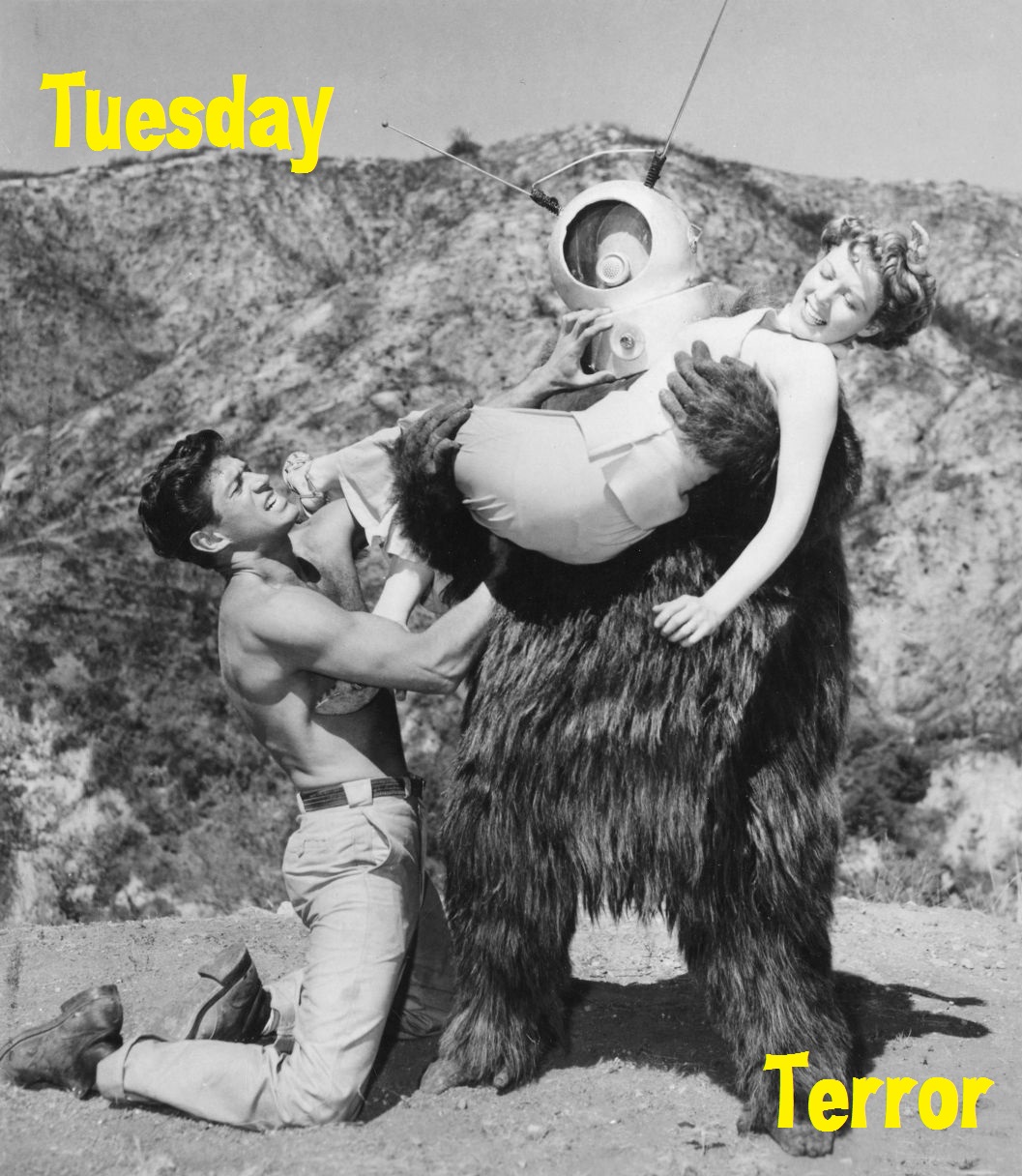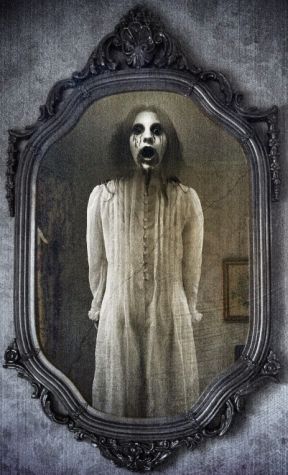Tuesday Terror: Gravity

Gravity comes in five degrees: normal, low, high, zero, and relative.
Normal Gravity: This what probably everyone reading this is used to. (I guess it’s possible an astronaut might read this post.) Normal gravity is, well, normal. It neither grants any benefits nor does it impose any hindrances.
Low Gravity: Low gravity is gravity that is lower than normal. Of course, mass doesn’t change, but weight does. As a result, while in a low-gravity environment:
Attack rolls take a -2 penalty in a low-gravity environment unless the attacker is native to a low-gravity environment or has special training for fighting in low- or zero-gravity environments.
Carrying capacity is calculated as if the creature’s Strength score is 10 points higher than normal. For example, a character with a 11 Strength has a carrying capacity of 165 pounds. In a low-gravity environment, that character’s carrying capacity is 315 pounds.
Falling damage is reduced from 1d6 bludgeoning damage for every 10 feet fallen to 1d4 bludgeoning damage for every 10 feet fallen (to a maximum of 20d4).
Strength checks made in low-gravity environments are made with a +10 bonus.
Speed increases by 5 feet for all of a creature’s methods of movement.
Spending long periods of time in a low-gravity environment can cause problems when returning to normal or high gravity. For every 5 days spent in low gravity, a creature must make a DC 10 Constitution saving throw. Failure accrues 1 level of exhaustion that becomes noticeable upon returning to normal or high gravity.

High Gravity: This is gravity significantly greater than normal. Again, mass doesn’t change, but weight does.
Attack rolls take a -2 penalty in a high-gravity environment unless the attacker is native to a high-gravity environment.
Carrying capacity is calculated as if the creature’s Strength score is 5 points lower than normal. For example, a character with a 11 Strength has a carrying capacity of 165 pounds. In a high-gravity environment, that character’s carrying capacity is 90 pounds.
Falling damage is increased from 1d6 bludgeoning damage for every 10 feet fallen to 1d8 bludgeoning damage for every 10 feet fallen (to a maximum of 20d8).
Strength checks made in high-gravity environments are made with a -10 penalty.
Speed decreases by 5 feet for all of a creature’s methods of movement.
Spending long periods of time in a high-gravity environment can cause problems when returning to normal or low gravity. For every 5 days spent in low gravity, a creature must make a DC 10 Constitution saving throw. Failure accrues 1 level of exhaustion that becomes noticeable upon returning to normal or high gravity.
Zero Gravity: This is a no-gravity environment. Movement in zero gravity means grabbing onto and/or pushing away from a more massive object. As such, in many cases, Strength (Athletics) checks to climb or jump are not necessary.
Attack rolls take a -4 penalty in a zero-gravity environment unless the attacker is native to a zero-gravity environment or has special training for fighting in low- or zero-gravity environments.
Carrying capacity is 20 times higher than normal. For example, a character with a 11 Strength has a carrying capacity of 165 pounds. In a zero-gravity environment, that character’s carrying capacity is 3,300 pounds.
Shoving a creature in zero gravity can be attempted against a creature up to two sizes larger than the attacker. If the attacker wins the contested check, the defender is pushed 10 feet away, plus another 10 feet for every 5 points by which the attacker’s total exceeds the defender’s total.
Movement in zero gravity is much like flying. The creature gains a fly speed equal to its base speed. Flying is a bit of a misnomer, however. The creature’s flying movement is limited to straight lines only. A change in direction requires pushing away from larger object. A creature that can already fly retains its normal fly speed and is not limited to straight-line movement.
Initial exposure to zero gravity can be disorienting. The creature must make a DC 15 Constitution saving throw or become space sick. The space-sick creature gains the nauseated condition. If the DC 15 Constitution saving throw fails by 5 or more, the creature is also incapacitated. A new saving throw is permitted every 8 hours the creature remains in a zero-gravity environment. Creatures native to zero gravity or that have special training do not suffer from space sickness.
Spending long periods of time in a zero-gravity environment can cause problems when returning to normal or low gravity. For every 5 days spent in low gravity, a creature must make a DC 15 Constitution saving throw. Failure accrues 1 level of exhaustion that becomes noticeable upon returning to normal or high gravity.
Relative Gravity: Every creature has a native gravity. Most creatures are native to normal gravity, and the rules above assume as much. In other situations, apply these rules along with common sense. For example, a creature native to a zero-gravity environment treats low-gravity as normal gravity and normal and high gravity as high gravity. Specifics may need to be adjudicated on the fly.


